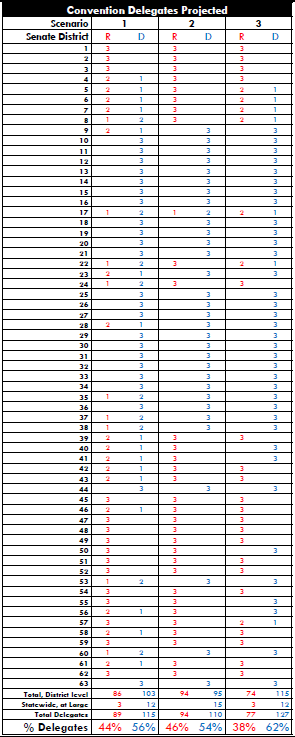In 2014 the State of New York sent 6,347 soldiers into the U.S. military, widely considered the best trained, best organized armed force on the planet.
Unfortunately a recent study by the Benjamin Center’s Dr. Gerald Benjamin and Timothy Toomey, both veterans themselves, found that New York state’s own organization serving our veterans once they return from service is disorganized and dysfunctional. And among the findings of the recent discussion brief, are that although service members are required to receive lengthy separation counseling, where they also learn of multiple support systems that include state and federal networks ranging from health care to education, employment, and financial and legal benefits, all too frequently these new veterans get fire-hosed with information.
As one analyst noted:
… [M]embers of today’s military have many resources at their fingertips when they separate, but it’s often incredibly overwhelming. Transitioning service members are trying to change careers, and may be moving themselves and families across the country, all while doing their day jobs up until terminal leave. Many service members may still be trying to figure out exactly what they want to do.
It’s not just that veterans may not hear of benefits they’re qualified for, either. Toomey and Benjamin’s research shows that veterans may be victims of fraud as a result of getting conflicting information, or they may over-pay when they’re entitled to benefits. For instance, in New York state law requires that localities offer veterans partial exemption from property taxes; there are specially focused programs for veterans with service-related disabilities, and for those who have gotten caught up in the criminal justice system.
conflicting information, or they may over-pay when they’re entitled to benefits. For instance, in New York state law requires that localities offer veterans partial exemption from property taxes; there are specially focused programs for veterans with service-related disabilities, and for those who have gotten caught up in the criminal justice system.
The problem goes beyond information overload, however. Too frequently New York’s State Division of Veteran Affairs overlaps county entities, and the agencies are either at cross purposes or frequently not in communication with each other, or literally feuding over turf instead of working in unison. Rarely are these layers of bureaucracy in touch with each other, working from the same databases, or even aware that they’re offering similar services to the same constituent base.
A further problem is that there’s a fundamental lack of accountability Continue reading





